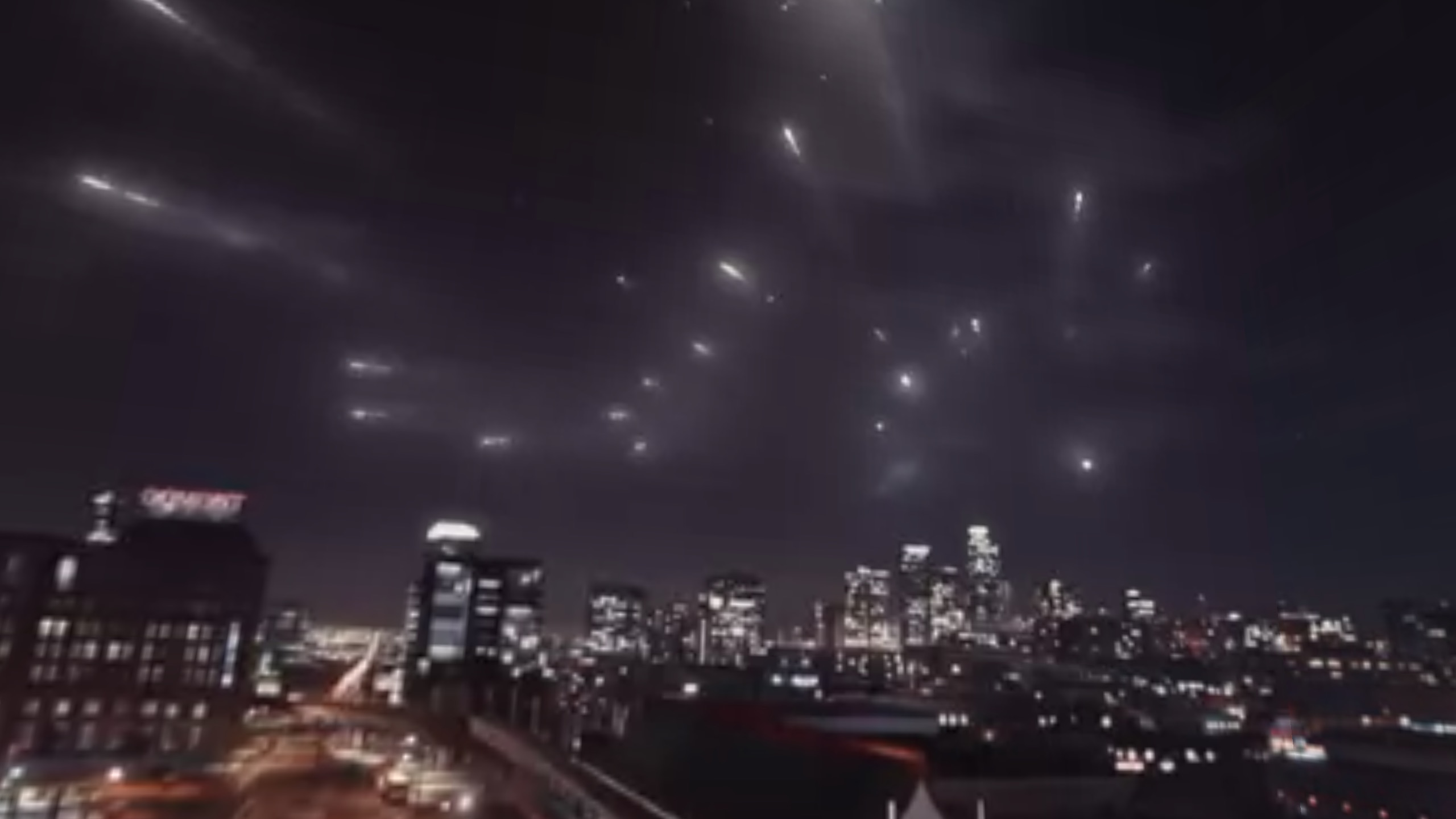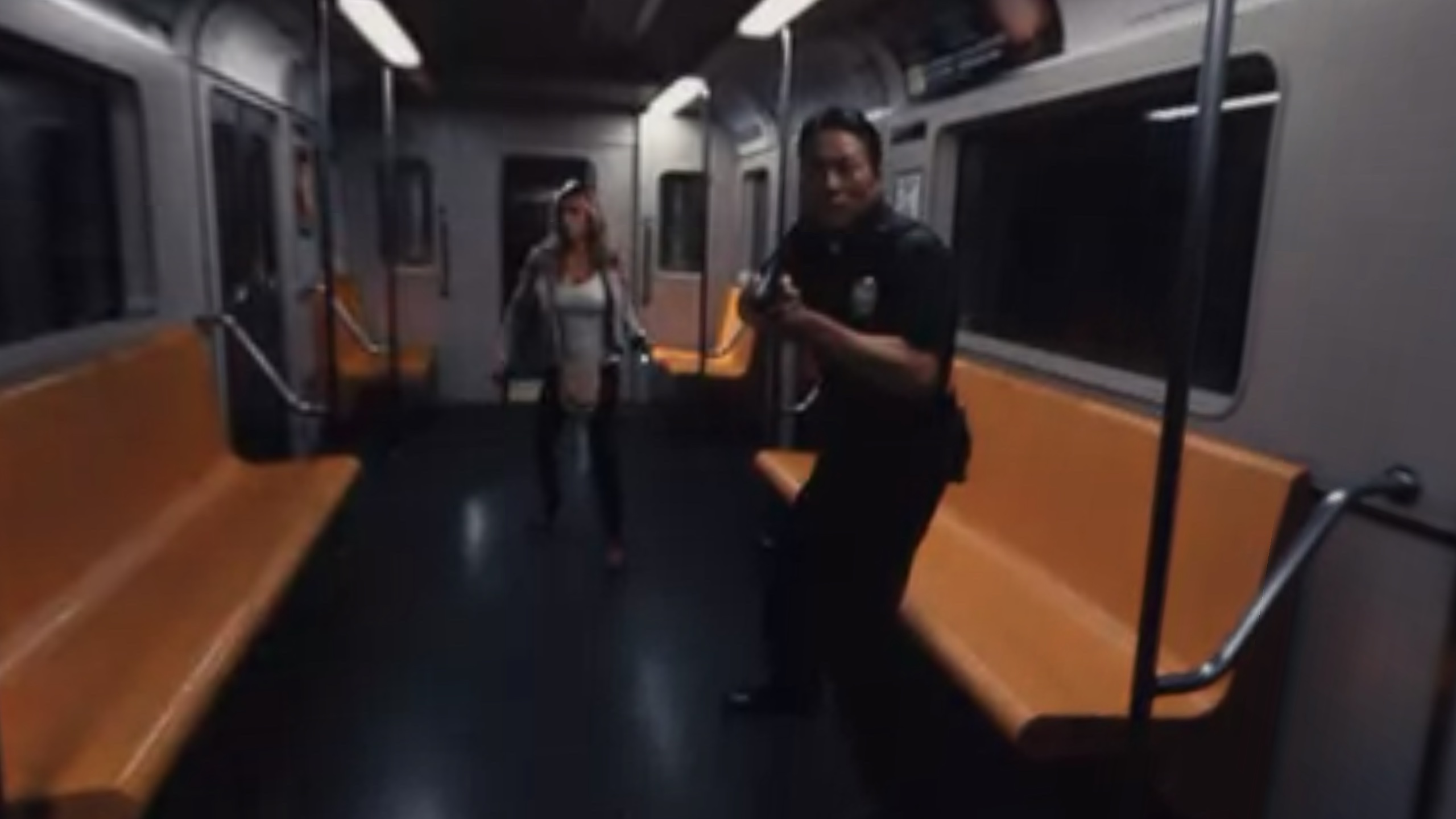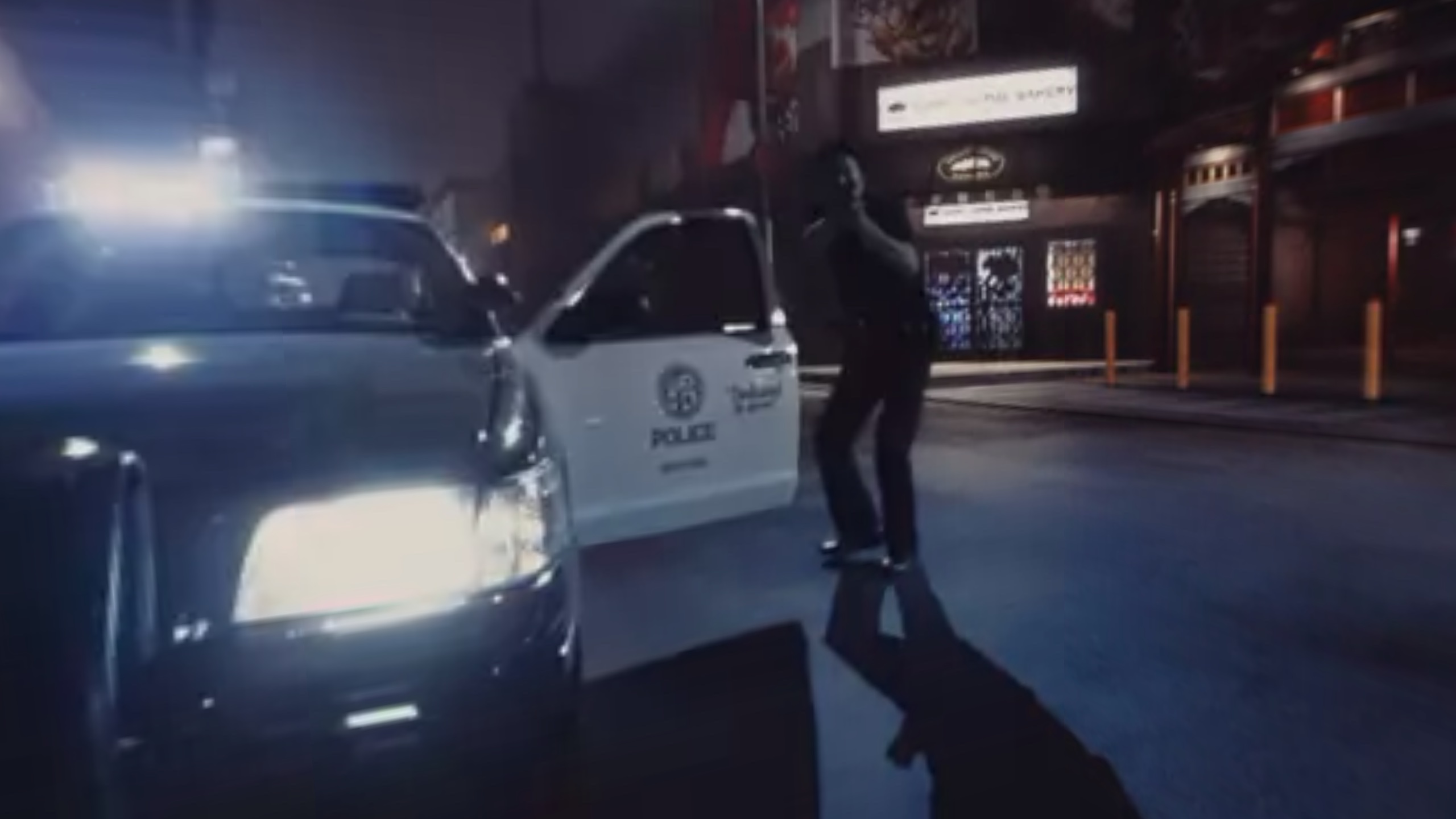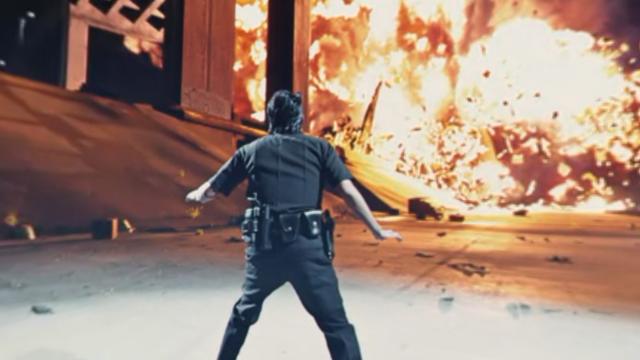Google released a new 360-degree immersive video on its Spotlight Stories app yesterday — the first featuring real human actors instead of animation. It’s an action-packed short directed by Fast & Furious director Justin Lin. I downloaded the 1GB 360 video and took it for a literal spin (I was sitting in a swivel chair). It’s so realistic it’s almost problematic.
The short is extremely impressive, and a good taste of what movies could become once VR becomes more ubiquitous. But it also shined new light on the rivers yet to be crossed. By inserting you into the movie, into the action, it actually breaks the fourth wall and makes it harder to suspend disbelief.

The video, Help, begins with a meteor shower. You’re standing in downtown Los Angeles, looking up at the sky, watching them fall. Actually that’s one thing this video does better than any other instalment of the Spotlight series: It makes you look up and down more often, while the others tended to be more side to side. This really helps to flesh out the space you’re in and make it feel like a real, full environment.
I won’t give away too much of the plot, suffice it to say there’s a meteorite, a pretty lady, and an alien. Eventually it turns into a five-minute chase scene, which is awesome, and feels completely different than any of the other Spotlight Stories thus far. The world feels more real, and there is a major sense of urgency. It’s high-paced and it actually gets your heart thumping.
But a couple of problems emerge.
In the first three Spotlight Stories, you’re in a fantastical, animated world. It’s beautiful and you look around as the story unfolds around you. They’re meditative, and in the case of the last instalment, Duet, beautiful and tender. Something changes, though, when the world becomes realistic. You no longer feel like an observer; you feel like you’re in it. Like you’re part of the action — and that’s where things don’t quite align.

Despite the crashes and the chases and the violence and struggle happening around you, the camera remains steady. If it travels — down into the subway system, for example — its motion is steady and smooth. While I understand that’s done to help enable the viewers to follow, it also breaks the reality of the situation. If you’re being chased by a monster alien creature and things are exploding, you’re going to be running and things will be shaky. That smooth dolly-motion keeps reminding you that this isn’t real, which breaks the suspension of disbelief.
This raises another question that goes unanswered. While it’s fine to be a fly on the wall in the other Spotlight Stories, the context of Help makes us feel like we’re part of the story. That’s in part due to the more realistic scenery (which is very detailed — look up and you might see some helicopters flying by), and in part due to the dangerous scenario you’ve been inserted into.
But standing there in the middle as a passive observer just doesn’t jive with your brain. The problem is that you’re in the middle of the story, but you have no character, and that tends to break the illusion.
I found that to be especially true the first time I watched Help, when I just kept looking at the monster that was pursuing me, which I think would be one’s natural instinct in that situation. Keep your eye on the danger. The camera can’t flinch for you, and there’s no bumpiness when you’re running away, and then you don’t feel like a human in the story, and and that reminds you that it’s all just a story anyway.

There is also a problem with the resolution. (I mean the amount of pixels you see, not how the story ends.) This wasn’t such a problem with the animated shorts, but when you’re using real actors and (ostensibly) real locations, those missing pixels really stand out like crazy. Everything just looks kind of fuzzy, and it shouldn’t. They build a special rig to shoot this movie that used four Red cameras shooting at 6K resolution. The Nexus 6 I watched on has a 2560 by 1440 QHD AMOLED display (493 ppi), so that wasn’t the problem. Maybe they brought down the quality to keep it under a gig, but if so, that was a mistake. Everything looking blurry definitely breaks the magic.
All that isn’t to say that Help isn’t impressive. It really, really is. While Google stresses that the Spotlight Stories platform is meant to be a window into another world and not VR, this episode is absolutely begging for the Google Cardboard treatment. If they did it with Windy Day, they should do it with this. Especially since it uses 3D sound and advanced lighting cues to make it more immersive (and to get you to look in the right direction).

It took Google’s ATAP, Lin and Lin’s production company about two years to bring this five-minute movie to life, and the logistical hurdles they had to get over to do it were massive — Variety has more insight into how it was made. But the result is something that feels like a preview for the future.
Would I watch a full-length movie like this in VR? Hell yes I would. It would be stressful and more taxing for the viewer, but good.
